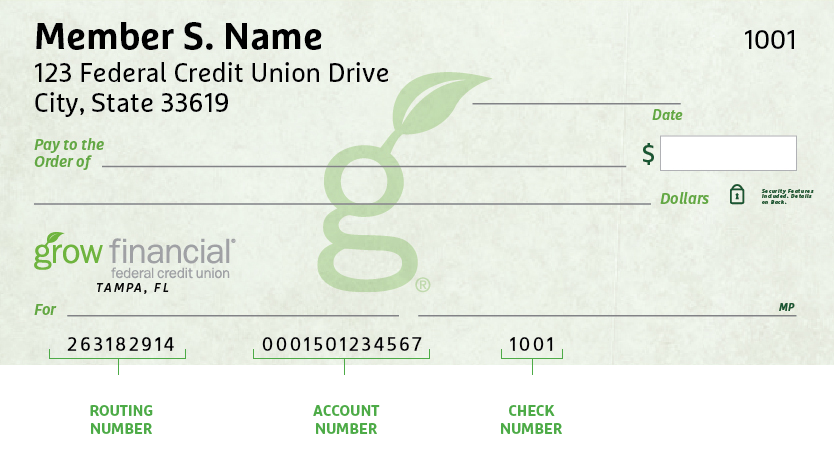- Personal
- Membership
- Membership
- Rates & Fees
- Checking
- Checking
- Personal Loans
- Personal Loans
- Wealth Management
- Investment Services
- Financial Advisors
- Resource Center
- Business

January 16, 2025
Navigating Debt Reduction: The Debt Snowball and Avalanche Methods
If you’re interested in debt reduction strategies, you’re not alone. Many households are dealing with increased financial stress. According to the Federal Reserve Bank of New York, credit balances rose by $24 billion to $1.17 trillion from the second to third quarter of 2024, and auto loan balances increased by $18 billion to $1.64 trillion over the same period.* It’s no secret that paying down debt isn’t easy, but choosing a strategy will help you along the way. Here’s what you need to know about the debt snowball method and the debt avalanche approach.
The Debt Snowball Method
Imagine a snowball gaining momentum as it rolls downhill, slowly getting larger along the way. That’s the idea behind the debt snowball method. This method isn’t really about numbers. It’s about psychology. Tackling smaller debts first provides quick wins, boosting your motivation to tackle the larger ones.
Here’s how the debt snowball works:
- List all your debts from the smallest to the largest balance, regardless of interest rates.
- Focus on paying off the smallest debt completely (while making minimum payments on the others).
- Feel your motivation grow as you reach payoff milestones, with each zero balance providing a feeling of accomplishment.
Is there a downside? Compared to other strategies, the debt snowball method might not always provide you with the largest cost savings in the long run since it doesn’t account for interest rates. However, the mental boost can be a game-changer on the journey to becoming debt-free.
The Debt Avalanche Approach
If you’re already highly motivated to get out of debt and want to reduce your total interest, check out the debt avalanche approach. This popular debt reduction strategy prioritizes efficiency and cost savings. Instead of focusing on eliminating individual debts to build quick wins, the debt avalanche approach prioritizes minimizing interest by tackling the highest rates first.
Here’s how the debt avalanche works:
- List your debts in order from the highest to the lowest interest rates.
- Channel your resources toward paying off the debt with the highest interest rate first (while making minimum payments on the others).
- Once you eliminate the highest-interest debt, move on to the next one in line until you’ve reached zero balances on all debts.
By targeting high-interest debts first, you minimize the overall interest you’ll pay. While it might take longer to see that “paid in full” status on the smaller debts, you’re strategically chipping away at the financial burden that’s costing you the most. It’s like climbing a mountain — the path might be steep, but the view from the top is worth it.
Debt Reduction Strategies
Ready to start paying down debt? Consider the motivation-boosting debt snowball method or the cost-saving debt avalanche approach. Some people even combine elements of both methods to create a customized strategy. Remember, the key is progress, not perfection. Whichever method you choose, just by getting started, you’ll be one step closer to a debt-free future.
Sick of high-interest debt? Consider the benefits of a debt consolidation refinance or balance transfer.
*Federal Reserve Bank of New York. Quarterly Report on Household Debt and Credit, Q3 2024. Released November 2024. Accessed January 2, 2025.
Posted In:
How to Find Your Routing & Account Numbers
When you make a payment online, by phone or on a mobile device, you may be asked for our routing number and your checking account number. Credit unions and banks use these numbers to identify accounts and make sure money gets where it’s supposed to be. You’ll also need to provide your routing and checking account numbers for:
- Direct deposits
- Electronic checks
- Military allotments
- Wire transfers
Where to Find Your Routing & Checking Account Numbers
Your personal checks include both our routing number and your account number, as shown on the Grow check example below.

Don’t have a Grow check? No worries.
Visit any Grow store and ask for a Direct Deposit Form. It lists both your routing number and checking account number.
Making a Loan Payment
Incorrect Phone Number Alert
We’ve identified an incorrect phone number listed in a letter sent to a select group of new members with auto loans. The incorrect number is NOT affiliated with Grow. Please be sure to use our official phone number, 800.839.6328, which you can verify on our Contact Information page. For your security, keep your personal information safe and avoid sharing it over the phone, email or text message. We will never ask you for your credit or debit card security code, expiration date or PIN, login security codes, or your online banking password.
When it comes to making payments, we try to make it as painless as possible to pay your loan every month. We have several different ways to pay, including convenient online options.
Pay Online
You have two ways to pay online by transferring funds from another bank or credit union.
- Grow Online Banking (Preferred payment method for any loan)
This is the simplest way to pay your loan. You can make one-time payments or set up automatic recurring payments in Grow Online Banking. Once you log in, select “Transfer/Payments” from the menu. If you’re not enrolled in Grow Online Banking yet, you can set up your account in just a few minutes.
Log In
- Debit Card or ACH (Available for auto, personal loans and HELOCs)
Note: ACH and debit card payments are not available for credit cards or most mortgages, except HELOCs.
We accept ACH payments with no additional fees, consumer Mastercard® and Visa® debit cards with a convenience fee of $4.95, or commercial Mastercard® and Visa® debit cards with a convenience fee of 2.95% of the payment amount. To get started with an online ACH or debit card payment, select Pay Now below.
Pay Now
Pay by Mail
You can also pay any Grow loan by check through the mail. Please remember to include your account number and Grow loan number on the check. (For credit card payments, please do not write your 16-digit credit card number on the check, which can cause a delay in processing the payment.)
Address for auto, credit card, personal loan and HELOC payments:
Grow Financial Federal Credit Union
P.O. Box 75466
Chicago, IL 60675-5466Address for personal first or second mortgages and home equity payments:
Grow Financial Federal Credit Union
P.O. Box 11733
Newark, NJ 07101-4733You Are About To Leave GrowFinancial.org
At certain places on this site, there are links to other websites. Grow Financial Federal Credit Union does not endorse, approve, represent, certify or control those external sites. The credit union does not guarantee the accuracy, completeness, efficacy, timeliness or accurate sequencing of the information contained on them. You will not be represented by Grow Financial Federal Credit Union if you enter into a transaction. Privacy and security policies may differ from those practiced by the credit union. Click CONTINUE if you wish to proceed.
